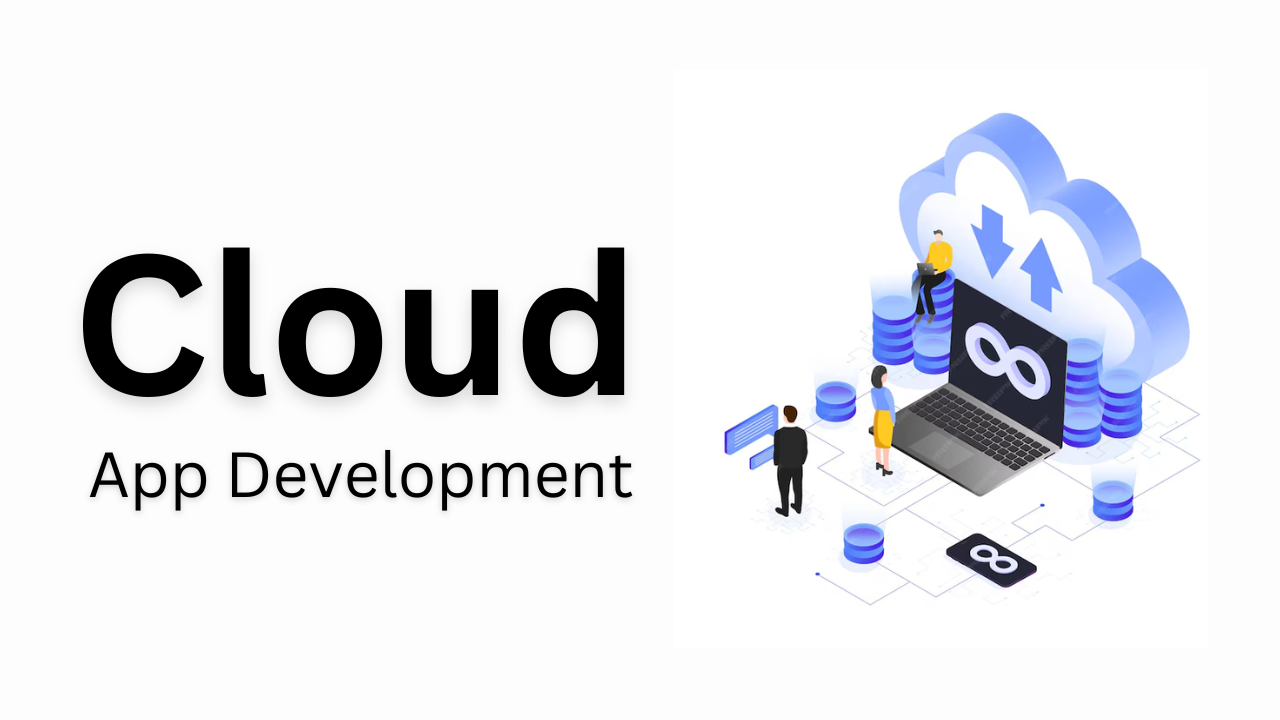Potential Employer (Read: Your Client): “Sell me this pen”
You (as a software app development company): “It is AI-powered!”
Every company wishes to and tries to give the same reply these days. Every one of them is picking up to be AI-enabled and forward moving. Every one of them has an account on virtual servers (cloud). Then how do they trend? How do they differentiate their offerings from their peers? What sets them apart? For which reasons will they be hired in 2024?
First off, every software development company into hybrid app development or native app development, has to in some way comply with the need of the hour, i.e. saving their data on the cloud, and offering their services on a subscription basis. Large companies like Google, are offering Gmail, which is a household application, without which no smartphone works. And if each person carries more than one phone, imagine the world’s population, who would be using Gmail as their primary email server!
SaaS, PaaS, IaaS are common prevalent types of cloud computing services on roll. But it is more than storage and service disbursal. A cloud service provider hosts a server in its virtual environment space, and offers the space on monthly or tri – monthly or annual membership fees model.
It becomes the responsibility of the hosting service providers to keep the server running and connected to the internet. They need to ensure that all requests and content communicate with the computers kept at client’s end. Cloud service providers ensure that requests and content communicate to and fro. They prevent the server from overheating. They replace hardware when necessary and provide basic customer support.
As evident, when the device storage gets exhausted, people seek cloud storage in the form of Dropbox, Google Drive, One Drive, Office 365, Zoom, and Box. Large – complex data sets, which are impossible to be stored on local servers are stored and managed in cloud, so that information can be retrieved as and when required.
It’s not just about storage as discussed earlier. Cloud servers are used for hosting, for data backups, for archiving old information, for software testing and development, as infrastructure as a service and as platform as a service, for communication, for social networking, and for business process.
Therefore, with all this discussion it is clear that cloud computing is gradually becoming the need, instead of a luxury. It is as essential as mobile phones, computers, and internet. It is soon imbibing new trends like AI, and IoT, to become the next revolution.
Cloud Apps Examples and development Practices
Cloud application development involves creating software (web and mobile) applications that use cloud infrastructure, and are hosted, accessed, and deployed over the internet. A cloud application runs in a web browser, but key elements like data storage are online. Users interact with the application through a browser or mobile device, and their device only serves as an input device. Data processing takes place on a remote server and is managed with API’s.
Finding ways to develop apps in cloud
The development of cloud applications involves different stages of software development, and some say that the best teams use DevOps practices and tools like Kubernetes.
Features of cloud-native apps
- Microservices: Small, independent pieces of software that work together to build the app
- Containers: The smallest type of compute unit in a cloud-native app
- Continuous integration (CI): A software development method that allows developers to integrate changes into a shared code base easily
- API exposure: Standardized methods for internal and external access
- Operational integration: Aggregating log and monitoring information to help manage the app
- Cloud-native apps are used for new and legacy projects
- Security in web applications
- Improved operational efficiency
- Improved integration
- Automated deployment
- Reduced vendor lock-in
- Simplified complexities
- Better customer experience
Trends in Cloud Computing For Year 2024
Easing out the conversation a bit, here are some trends to watch out in the space of cloud application development in 2024:
- Serverless and Edge computing: Processing data closer to its source to reduce latency and improve performance. Data is stored and processed at the edge of the network, closer to its source, for faster processing and reduced latency – which enables real-time data analysis and decision-making.
- Hybrid cloud computing: Public cloud providers may shift their focus to edge infrastructure to meet the faster response times required by applications. This may also involve AI-driven processing of smart-sensor data.
- Cloud security: It includes data encryption, authentication protocols, and disaster recovery plans, low code and no code cloud solutions, IoT, Kubernetes and Docker, and DevSecOps.
- Machine learning: It is a convergence of edge computing, AI, and IoT resulting in holistic solutions that are particularly useful in sectors with complex data processing needs.
- Artificial intelligence: IT companies are increasingly using AI to analyze massive data to improve company operations.
- Blockchain: Blockchain integration reduces delays, errors, and fraud.
- Internet of things (IoT): Most IoT devices use the cloud application development services to connect systems and generate data on user habits and patterns.
- Disaster recovery: Disaster recovery as a service lets users to pay for computing resources only when they need them.
- Serverless Computing: Here the cloud service provider manages the infrastructure required to run the application code (provisioning, scaling, and managing) letting developers focus on optimizing business logic, and pay for the exact amount of resources used.
Learnings from this conversation
No one simply searches for “what is cloud computing?” these days. We all know what it is and how it benefits us. What we are interested in knowing is that what all trends is it
Cloud applications can easily be extended, flexibly used; storage and retrieval of information is easy; these are a great source of networking (chat servers), and security is no more a challenge with adequate measures on board.

